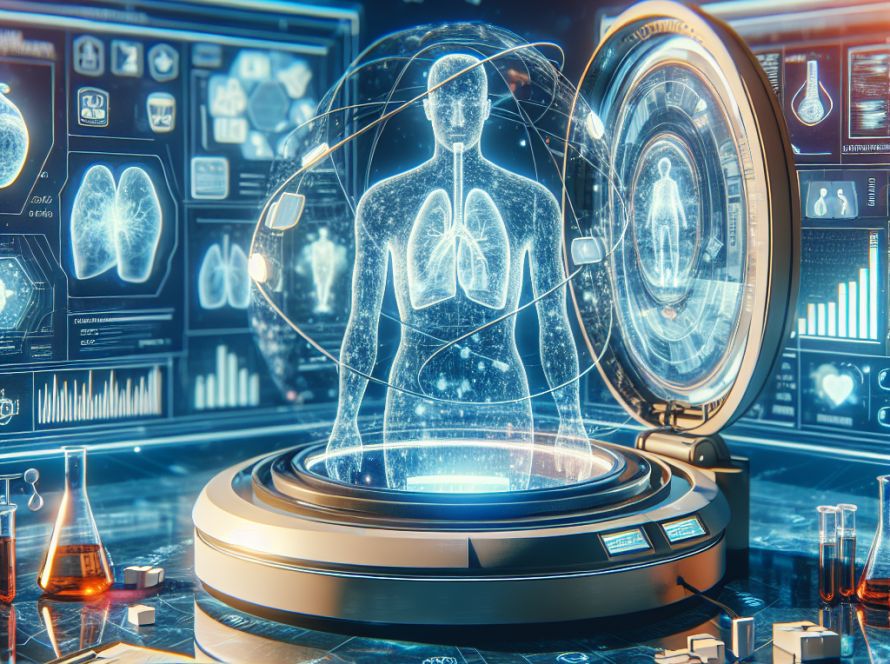“Finetuned adapters” play a crucial role in generative image models, permitting custom image generation and reducing storage needs. Open-source platforms that provide these adapters have grown considerably, leading to a boom in AI art. Currently, over 100,000 adapters are available, with the Low-Rank Adaptation (LoRA) method standing out as the most common finetuning process. These advancements result in users creatively layering multiple adapters on top of existing checkpoints, creating excellent quality images.
Despite this progress, difficulties remain in automatically choosing relevant adapters based on users’ prompts. This issue separates it from the existing retrieval-based systems in text ranking, which calls for the conversion of adapters into lookup embeddings, making retrieval more efficient. However, multiple obstacles, including poor documentation or restricted access to training data, often found on open-source platforms, hinder this process. Also, image generation’s user prompts tend to imply several particular tasks, necessitating segmentation of the prompts into specific keywords and selecting the appropriate adapters for each one.
To counter these issues, a unique system dubbed “Stylus” is introduced by a research team from UC Berkeley and CMU MLD. It’s designed to evaluate user prompts, retrieve and combine highly relevant adapter sets, and automatically improve generative models for diverse, high-quality image production.
Stylus works in three major stages: the ‘Refiner’ pre-calculates brief adapter descriptions as lookup embeddings; the ‘Retriever’ compares each embedding’s relevance against the user’s prompt to find suitable adapters; and the ‘Composer’ breaks down the prompt into tasks, discards irrelevant candidates, and allocates adapters to each task. This method identifies highly pertinent adapters while lowering biases that can harm image quality.
Additionally, Stylus employs a binary mask mechanism to control how many adapters are used per task. This assures image diversity and lessens concerns related to using multiple adapters. To gauge the system’s effectiveness, the researchers put forward ‘StylusDocs’, an adapter dataset comprising 75,000 LoRAs with pre-calculated documentation and embeddings.
Testing revealed that Stylus improves image quality, textual alignment, and image diversity compared to widely-used Stable Diffusion (SD 1.5) checkpoints. It also demonstrated efficiency and twice the preference scores with human evaluators and vision-language models.
In sum, Stylus provides a practical approach to the automatic selection and combination of adapters in generative image models. It enhances several evaluation metrics without adding considerable overhead to the image generation process. Its adaptability extends beyond image generation, offering potential benefits for other image-to-image applications, like inpainting and translation.
To know more, the paper and project can be accessed online. All credit goes to the research team behind the project.


